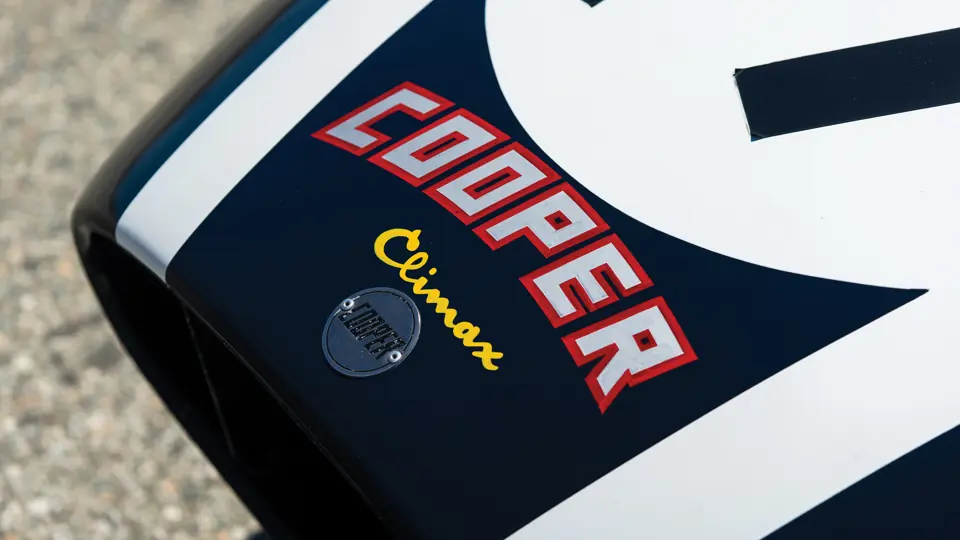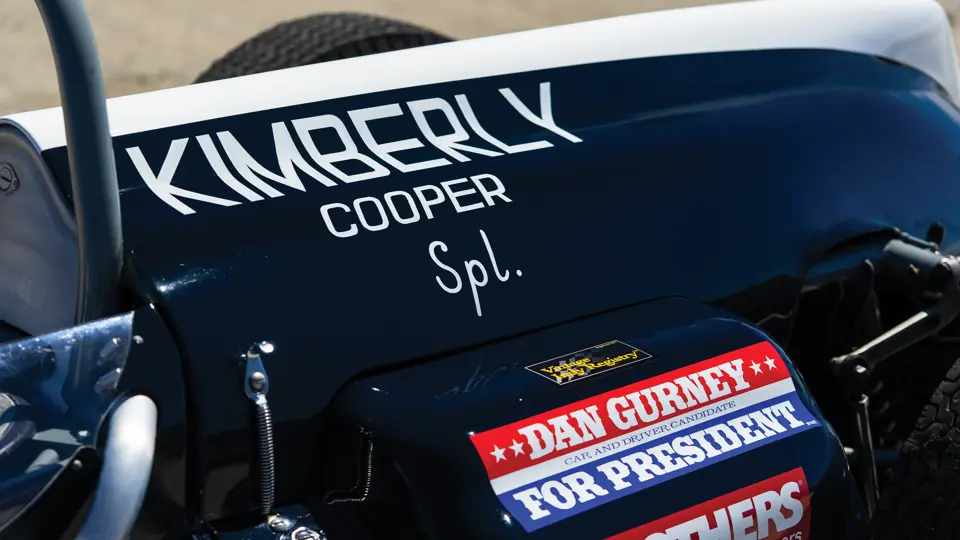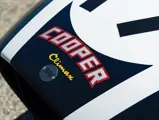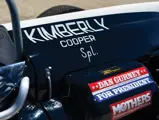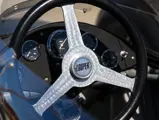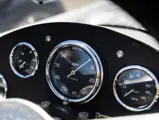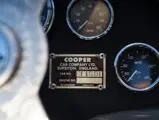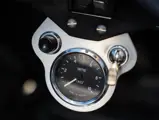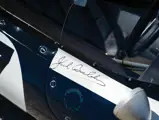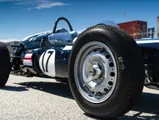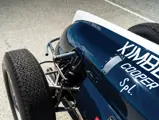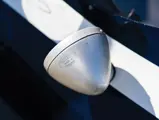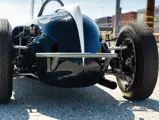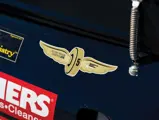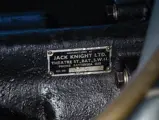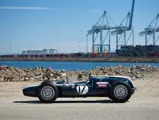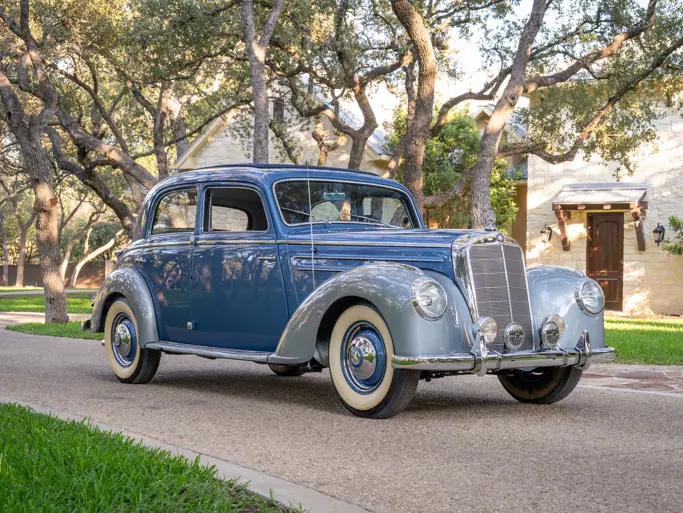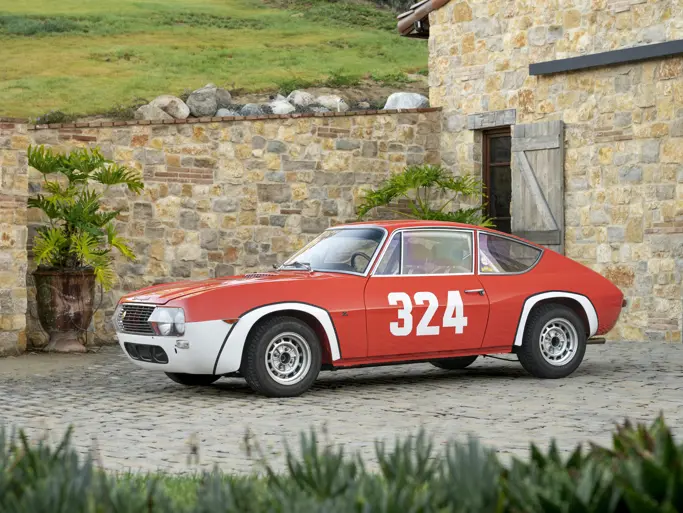
1961 Cooper-Climax T54 "Kimberly Cooper Spl."
{{lr.item.text}}
$280,000 USD | Sold
{{bidding.lot.reserveStatusFormatted}}
- The only T54 model produced
- The first successful rear-engine car to compete at Indianapolis
- Competed in the 1961 and 1963 Indy 500s
- Exhibited at the 2010 Pebble Beach Concours d’Elegance
- Five-time guest at the Goodwood Festival of Speed
- Eligible for historic events around the world
Ever since the first race was run at Indianapolis in 1911, nearly every car that raced there had engines mounted in the front of the car, with the driver seated behind it. This conventional design continued for the next 50 years until a small car from England arrived at the Brickyard in May 1961, with its engine mounted in the rear, changing the way race cars would be engineered forever. That car is this 1961 Cooper-Climax T54 offered here: the Kimberly Cooper Special.
American driver Rodger Ward got to know race car manufacturer John Cooper in 1959, the same year Ward won the Indy 500. While at the U.S. Grand Prix, Ward told Cooper how impressed he was with the amazing cornering capabilities of the rear engine Cooper-Climax T51. By 1960 Ward convinced Cooper to bring a car to Indianapolis Motor Speedway for testing. The test driver was the newly crowned, now two-time Formula 1 World Champion Jack Brabham. The results were impressive enough to have wealthy Kleenex scion and racing enthusiast Jim Kimberly, through Dr. Frank Faulkner’s connections, sponsor a special car, the T54, built for the 1961 Indianapolis 500.
Cooper designed and built the car in just four months, and on 5 May 1961, the rear-engine creation appeared at the Brickyard, ready to race. Derived from the T53, the T54 was made with a longer wheelbase and an offset chassis to meet the demands of the large oval track at Indy. The 2.7-liter experimental Climax engine, which is understood to have been numbered ET-892-1204, produced 253 bhp, diminutive compared to the larger front-engine cars running 4.4-litre, 430-bhp Offenhausers. A second engine bearing the following sequential number was shipped to the team by mid-May and fitted to the car for the race as it produced five more horsepower.
Driven by Brabham, the newly christened “Kimberly Cooper Spl.” qualified 13th at a speed that was only 2.3 mph slower than the previous year’s pole time set by Eddie Sachs. Brabham had to take three long pit stops due to excessive tire wear on the car’s Dunlop tires, which forced him to reduce cornering speeds. Although the more powerful American cars were significantly faster on the straightaways, Brabham’s Cooper-Climax’s superior handling characteristics kept him competitive, running as high as 3rd place before finishing all 200 laps in 9th place. The “Rear Engine Revolution” had begun. Within five years most cars raced at Indy would have rear-mounted engines, and by 1969 all Indy 500 qualifiers had the innovative feature.
Later in 1961 the two Coventry-Climax “Indy” engines from the T54 were installed in two Cooper sports racers for use on the U.S. professional sports car racing circuit. The first engine was installed in a Cooper “Monaco” owned by Hap Sharp, to be driven by Brabham, while the other engine went into the Works Monaco to be driven by Bruce McLaren at the 1961 Times Grand Prix at Riverside. Brabham won by one second over McLaren. The original Climax engine from the T54, ET-892-1204, was then sold by the Cooper team to Roger Penske who installed it in a custom-built car called the “Zerex Duralite Special” in 1962. Penske won the 1962 Times Grand Prix and many more races that year before selling the car to oil magnate John Mecom. Still driven by Penske, the car went on to win more races in the UK and the U.S., including a 2nd-place finish at the 1963 Times Grand Prix. The racing career of the original Climax “Indy” engine came to an abrupt end at a race in Pensacola, Florida, when Hap Sharp, driving the car for Roger Penske, missed a shift, damaging the engine.
As for the Cooper-Climax T54 itself, by 1962 it had been sold by Jim Kimberly to Kjell Qvale. Qvale had a Works six-cylinder Aston Martin engine installed by his mechanic, Joe Huffaker, and hired Pedro Rodriguez as its driver for the 1963 Indianapolis 500. The new engine did not perform up to Qvale’s expectations and failed to qualify for the race after it was bumped from the 33rd spot on the final day of qualifying.
The T54 then disappeared for over a decade, resurfacing in the form of a Chevrolet-powered sprint car, raced in the Pacific Northwest through 1977; remarkably, many of the original pieces were still with the car and these are pictured in photos prior to restoration. In 1990, the remaining original parts, including the famous “Indy” engine, were located and repaired, and the car was carefully restored back to its original 1961 “Kimberly Cooper Special” configuration over the next two years. Since then it has appeared at the Monterey Historic Races several times between 1991 and 2006, winning the Phil Hill Trophy upon its debut in 1991. The T54 has also appeared at the Goodwood Festival of Speed five times between 1994 and 2011 and was exhibited at the Pebble Beach Concours in 2010, amongst a number of other events. Sir Jack Brabham was joyfully reunited with the car and even piloted it in some of the aforementioned events. It is a strikingly attractive race car, now comfortably wearing a wonderful 25-year-old patina.
This incredible car represents a rare opportunity to own an important part of racing history, the car that started the “rear-engine revolution” that changed Indianapolis racing forever.




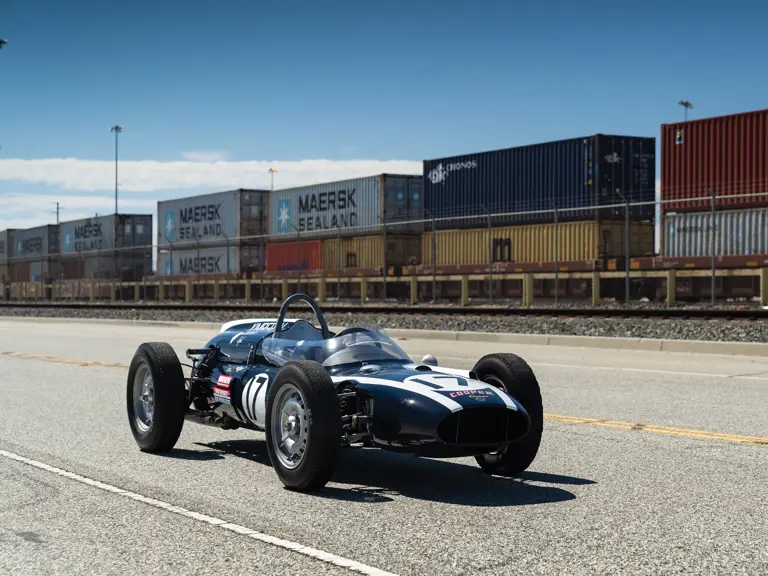
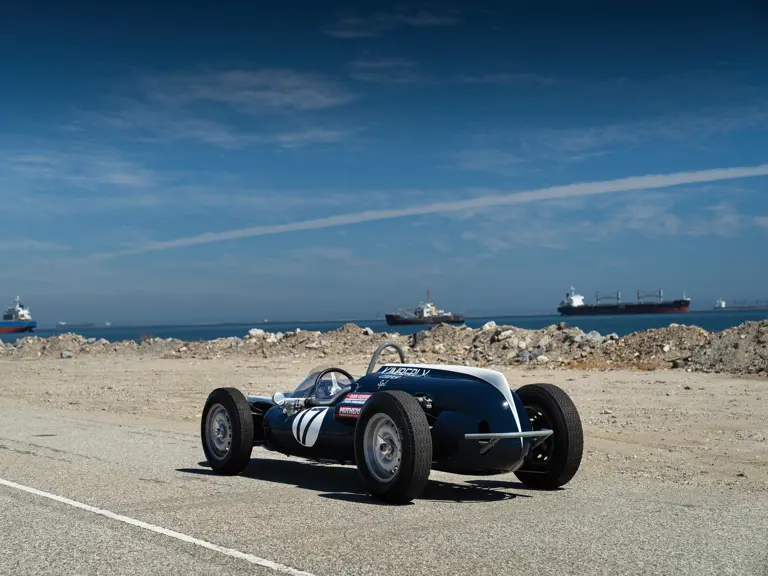
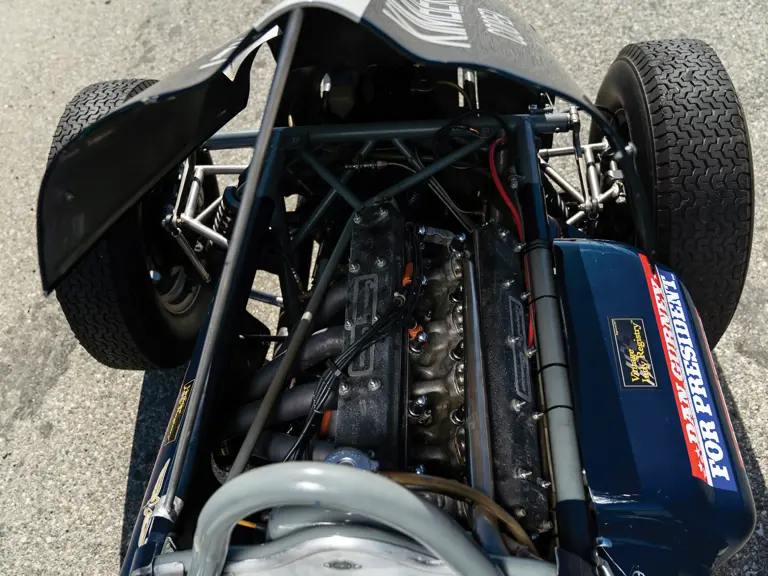
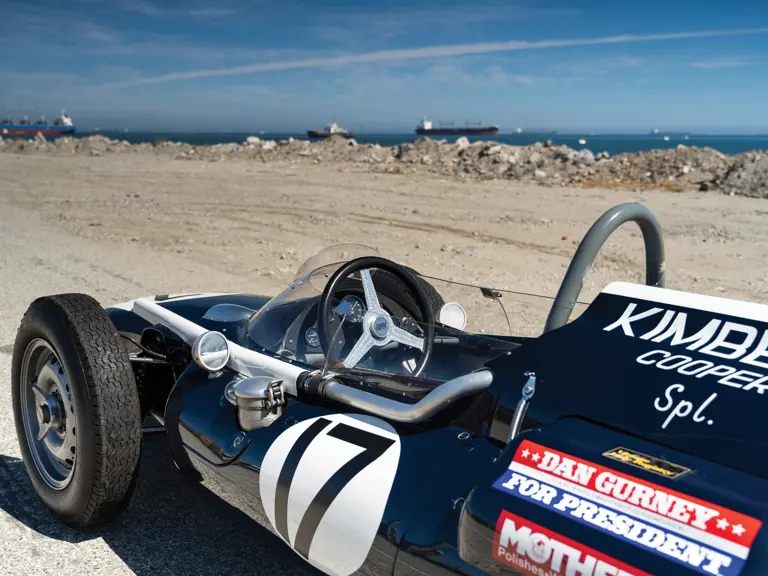
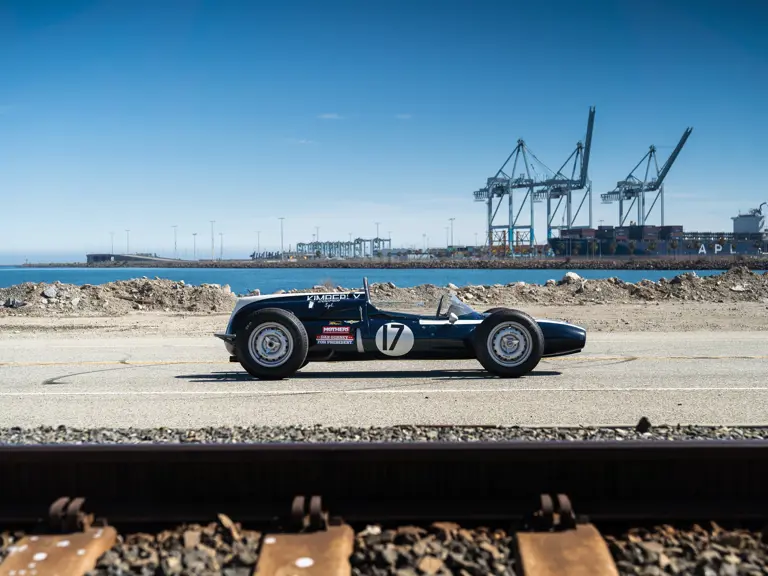
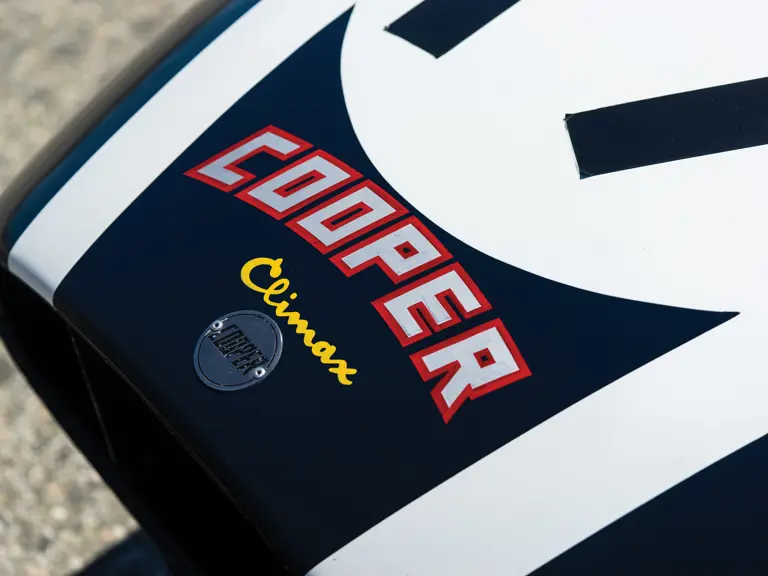
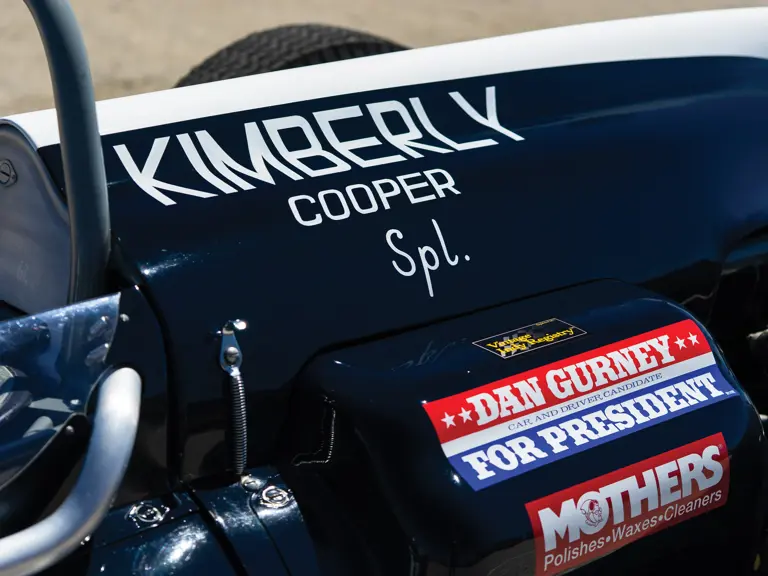
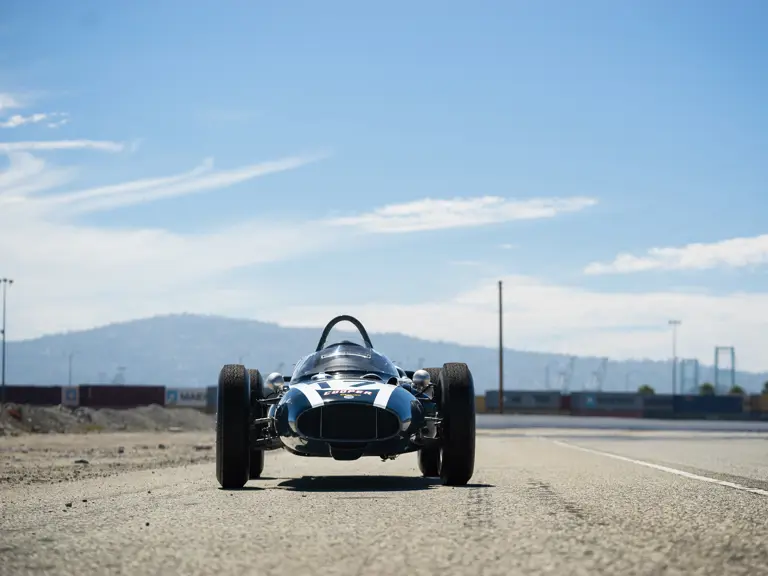
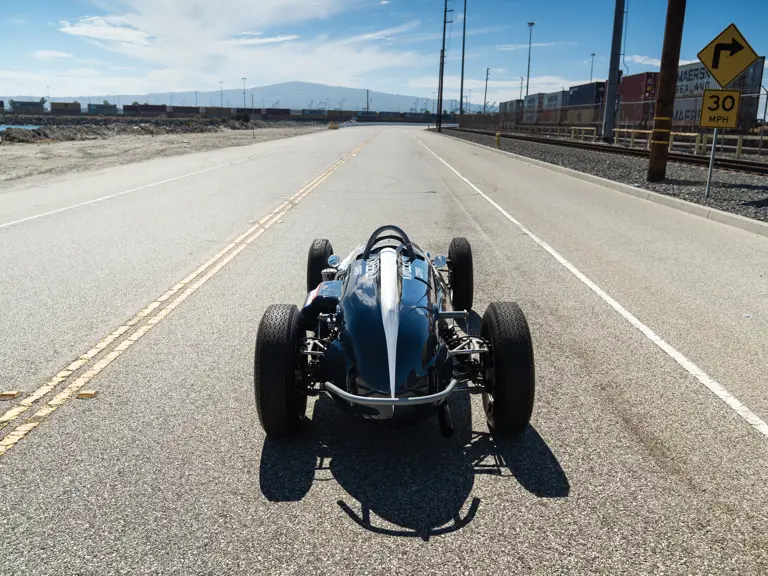



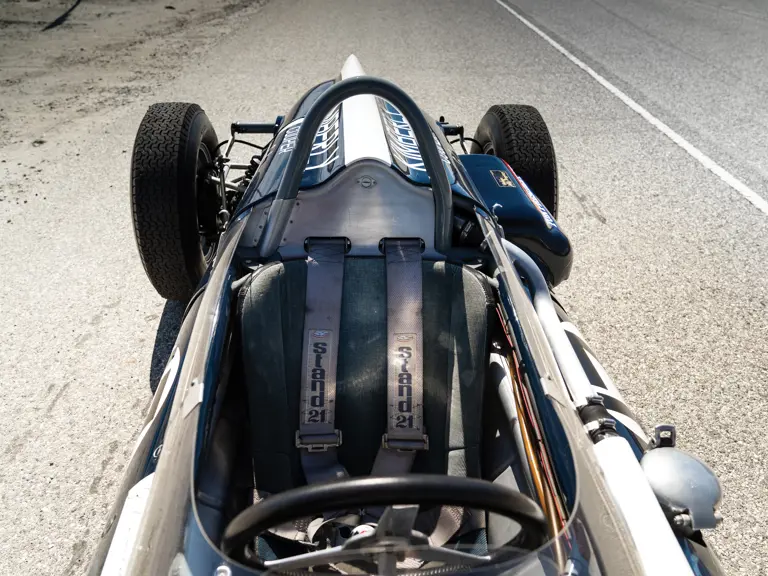
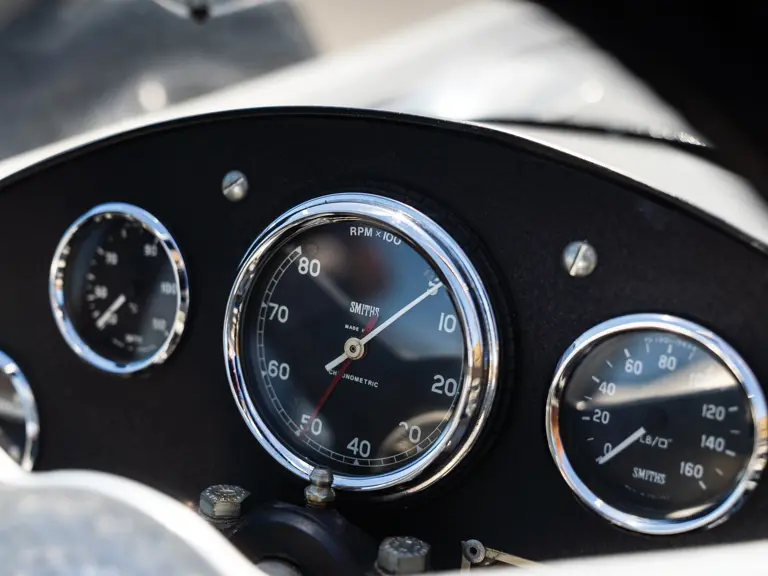
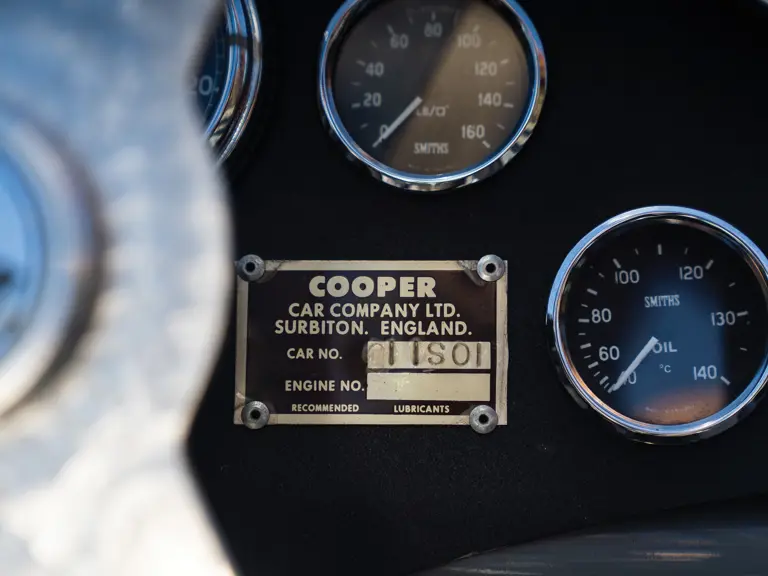
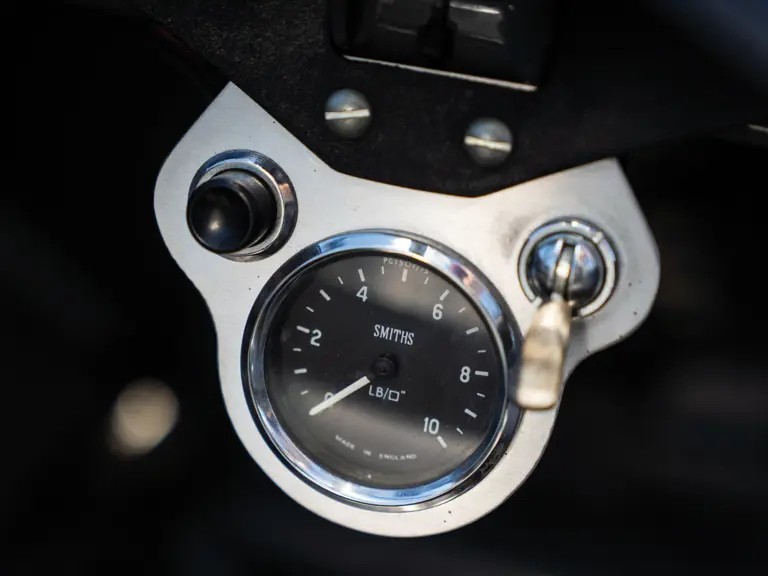
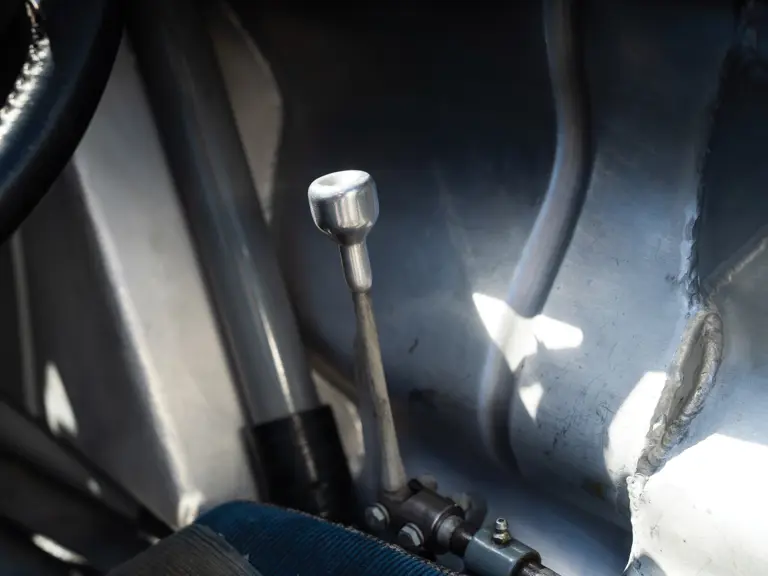
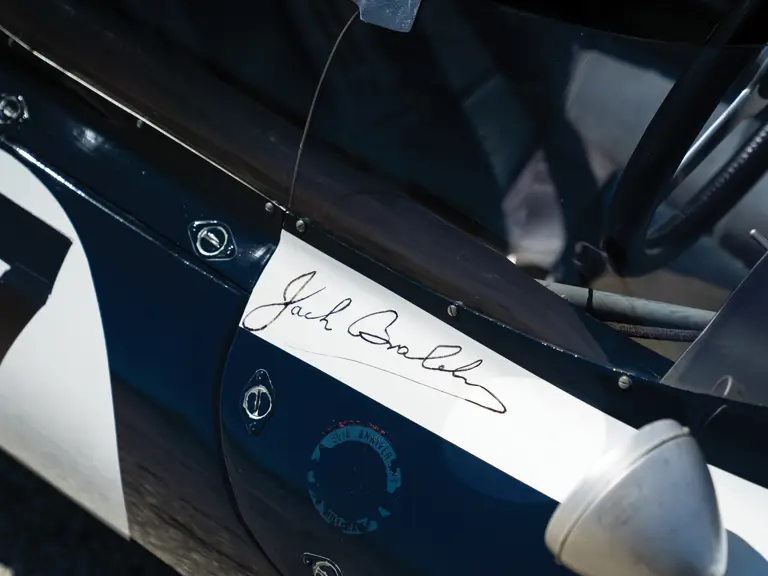
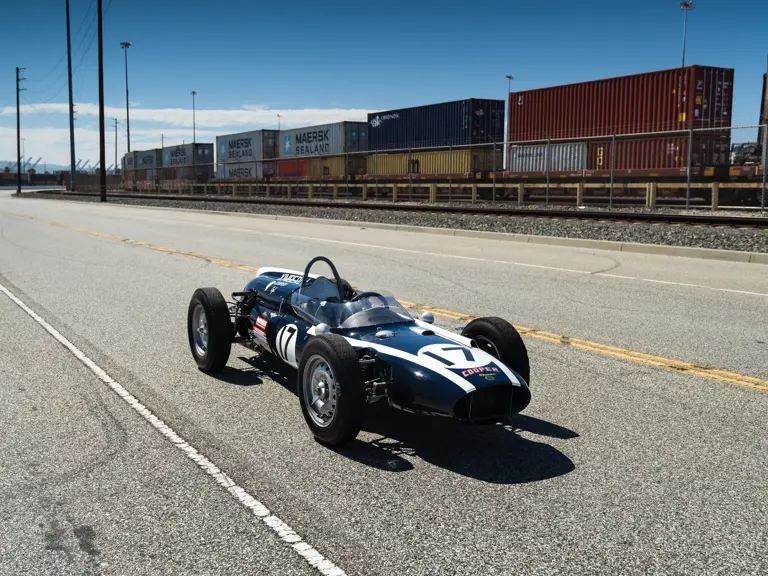

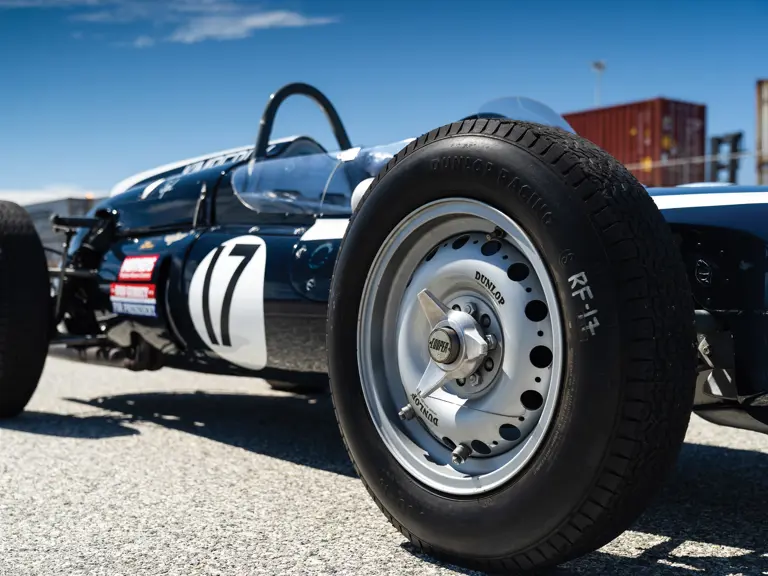

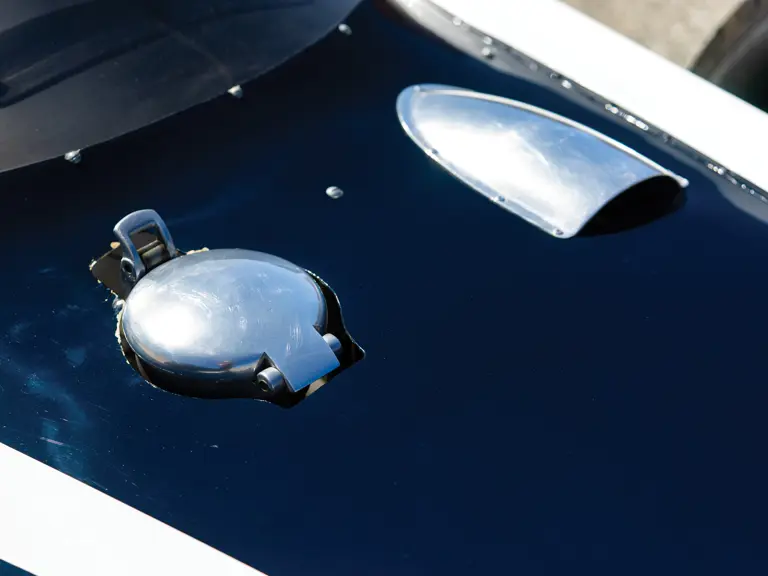


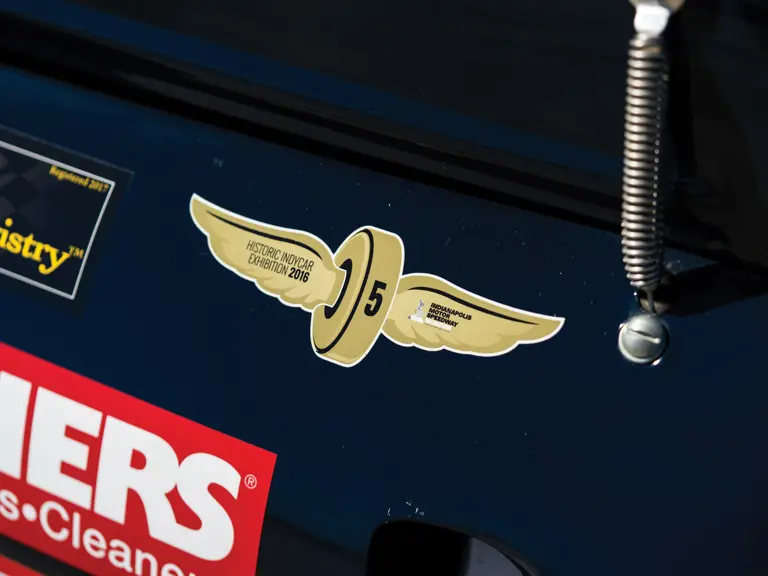
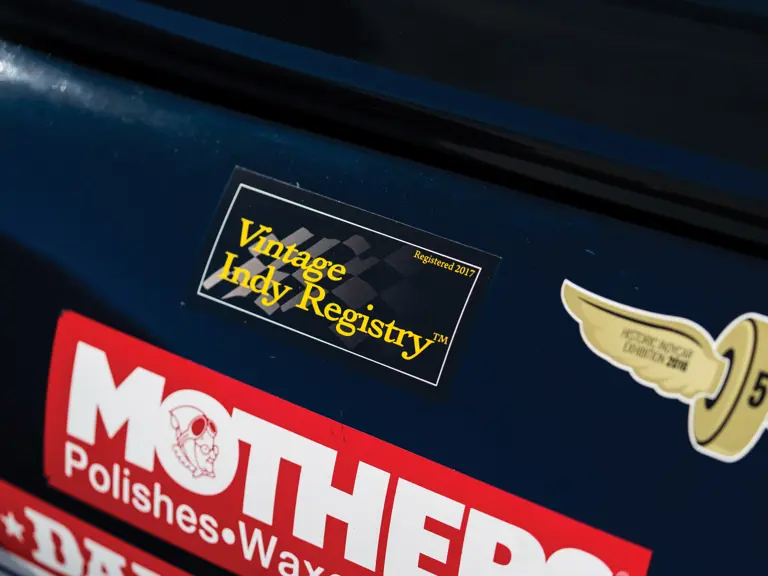


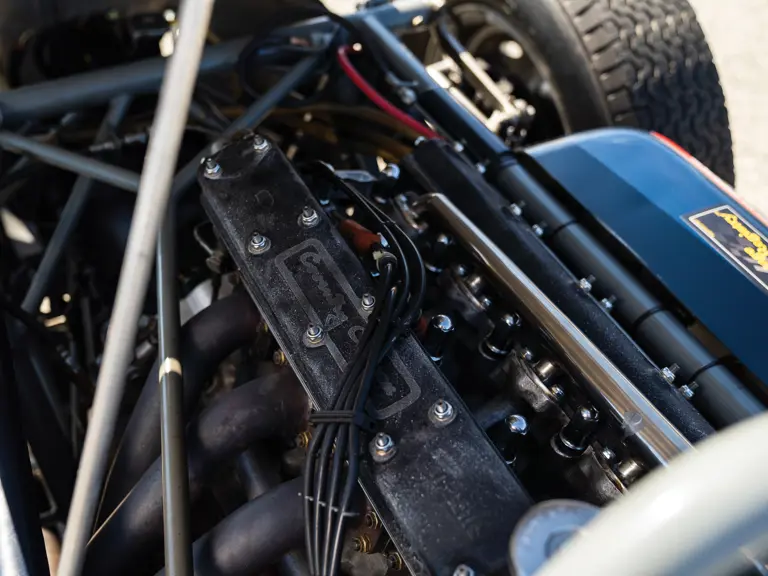
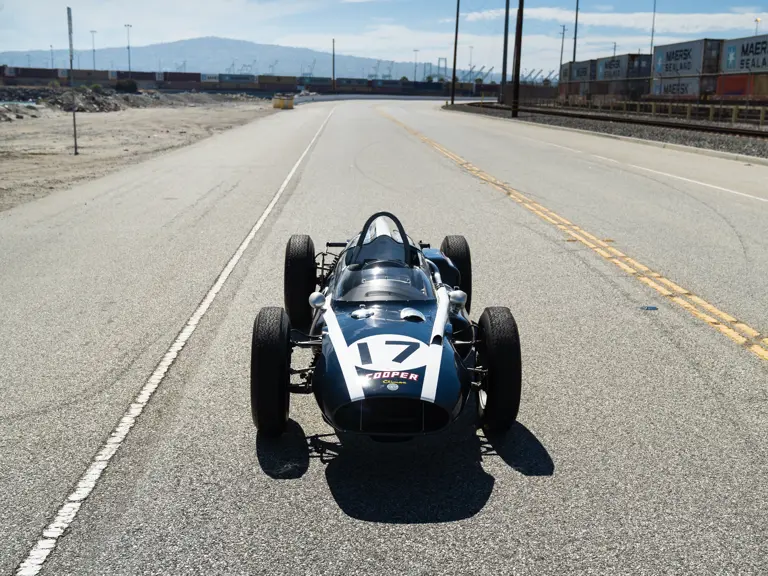
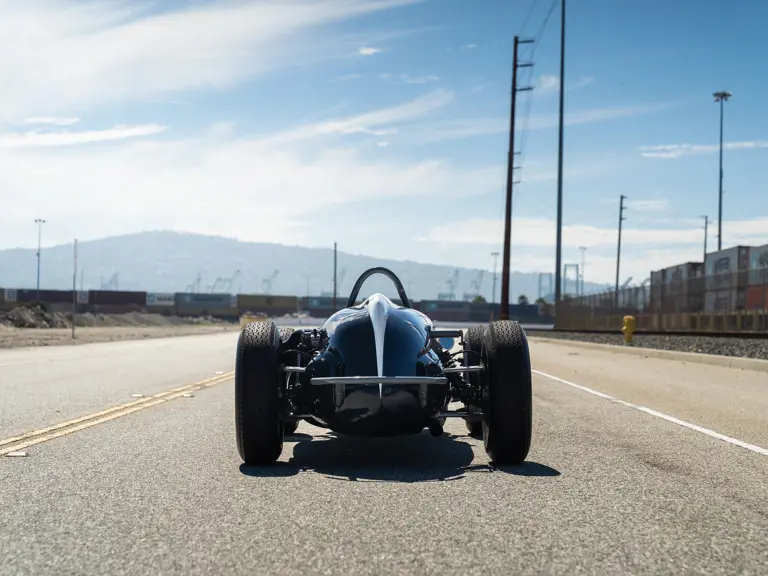
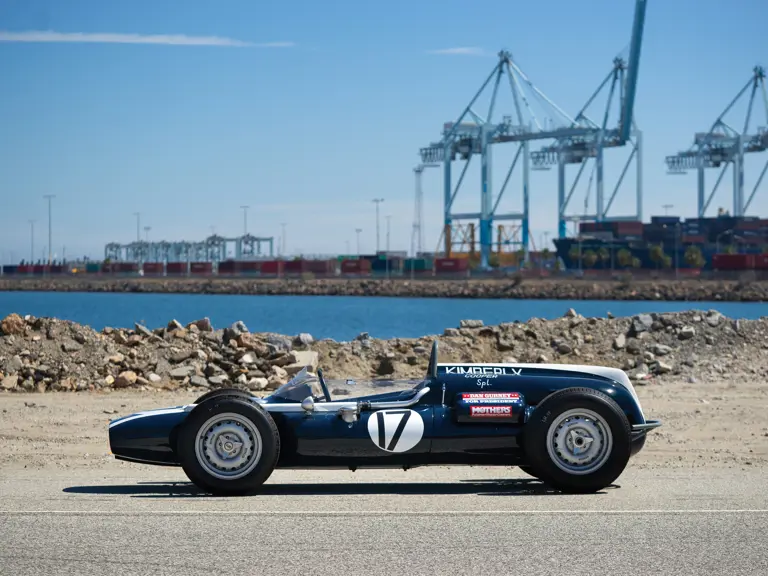
 | Monterey, California
| Monterey, California

